Notably, it’s very limited autonomous driving.



Long confined to regions with volcanic activity, geothermal promises to become a much more versatile energy source thanks to new technologies.
By Katarina Zimmer & Knowable Magazine
Glistening in the dry expanses of the Nevada desert is an unusual kind of power plant that harnesses energy not from the sun or wind, but from the Earth itself.

One of the world’s foremost experts in the search for extraterrestrial intelligence (SETI) believes that with the help of the James Webb Space Telescope, humans are closer to discovering life outside our planet than ever before.
Lisa Kaltenegger, who directs the Carl Sagan Institute at Cornell, told The Telegraph this week that because the Webb Telescope is designed to detect biosignatures — the scientific word for “signs of life,” including organism-produced methane gas — we may well find ETs very soon.
Kaltnegger, whose new book “Alien Earths: Planet Hunting in the Cosmos” was published this month, waxed enthusiastic when discussing the JWST, bragging that with its technological leaps, humanity is now in “this era of golden exploration, with thousands of other worlds on our doorstep, that we now can actually explore.”
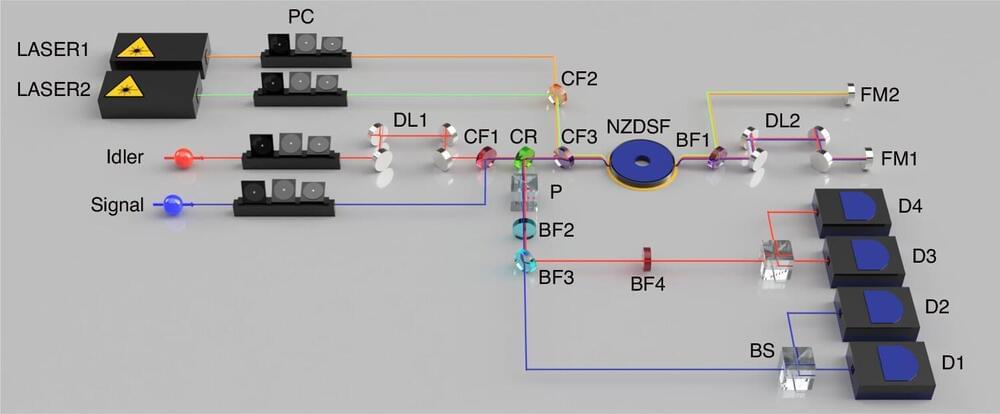
Scientists have introduced a form of quantum entanglement known as frequency-domain photon number-path entanglement. This advance in quantum physics involves an innovative tool called a frequency beam splitter, which has the unique ability to alter the frequency of individual photons with a 50% success rate.
For years, the scientific community has delved into spatial-domain photon number-path entanglement, a key player in the realms of quantum metrology and information science.
This concept involves photons arranged in a special pattern, known as NOON states, where they’re either all in one pathway or another, enabling applications like super-resolution imaging that surpasses traditional limits, the enhancement of quantum sensors, and the development of quantum computing algorithms designed for tasks requiring exceptional phase sensitivity.
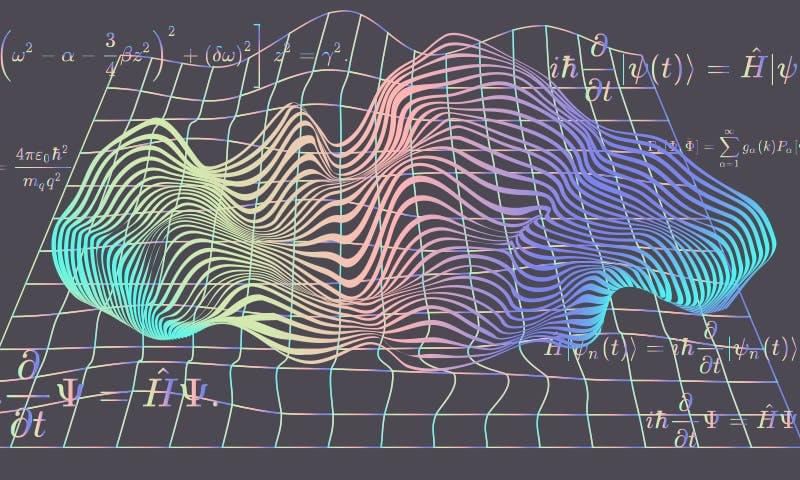

A unique genetic mutation in two siblings – that has never been seen in anyone else – has been discovered by UK researchers at the University of Exeter, pointing the way towards new treatment options for type 1 diabetes.
The mutation is in the gene for a protein called programmed death-ligand 1 (PD-L1), and a new study explains how it may be responsible for the autoimmune form of diabetes that the children developed at a very young age.
“We searched the globe, looking at all the large-scale datasets that we know of, and we haven’t been able to find another family,” says molecular geneticist Matthew Johnson, from the University of Exeter in the UK.
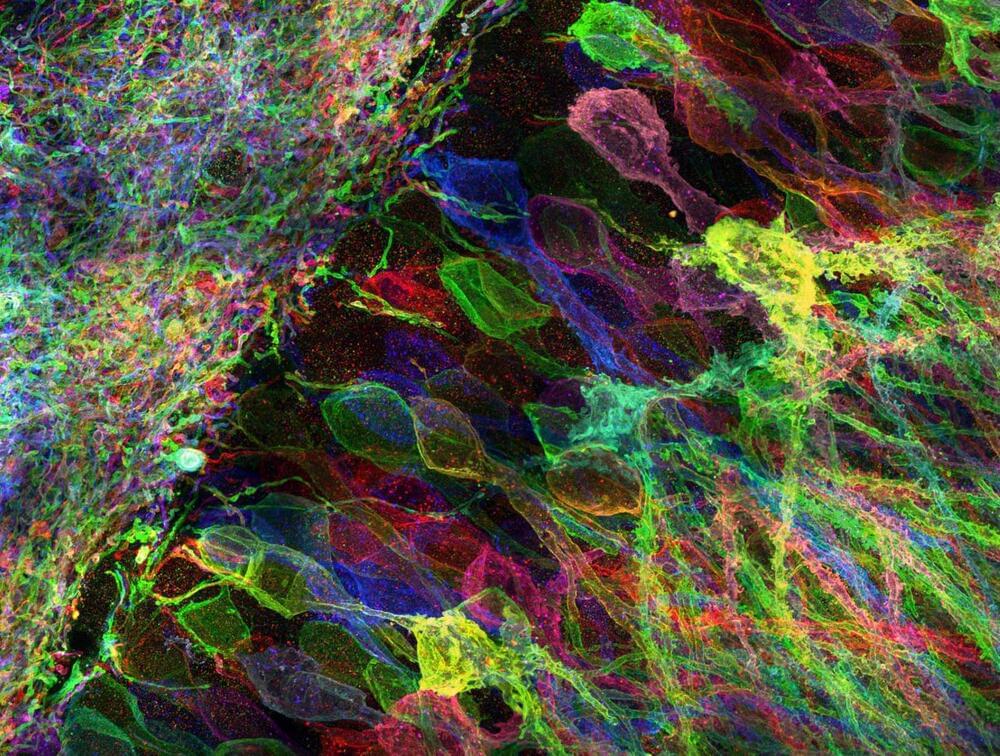

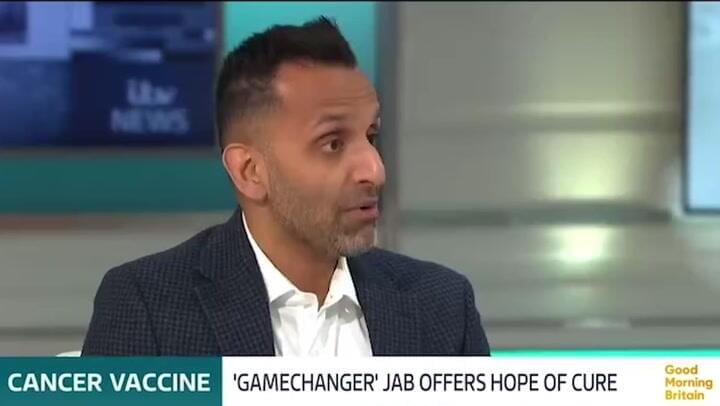
A doctor has explained more about the world’s first personalised mRNA cancer jab for melanoma, which is currently being tested in British patients.
Doctor Amir Khan described the vaccine as “positive news” as he discussed how it works when he appeared on Good Morning Britain on Friday (26 April).
Dr Khan said: What is happening is the melanoma is being surgically removed and then it’s being analysed for something called neoantigens.
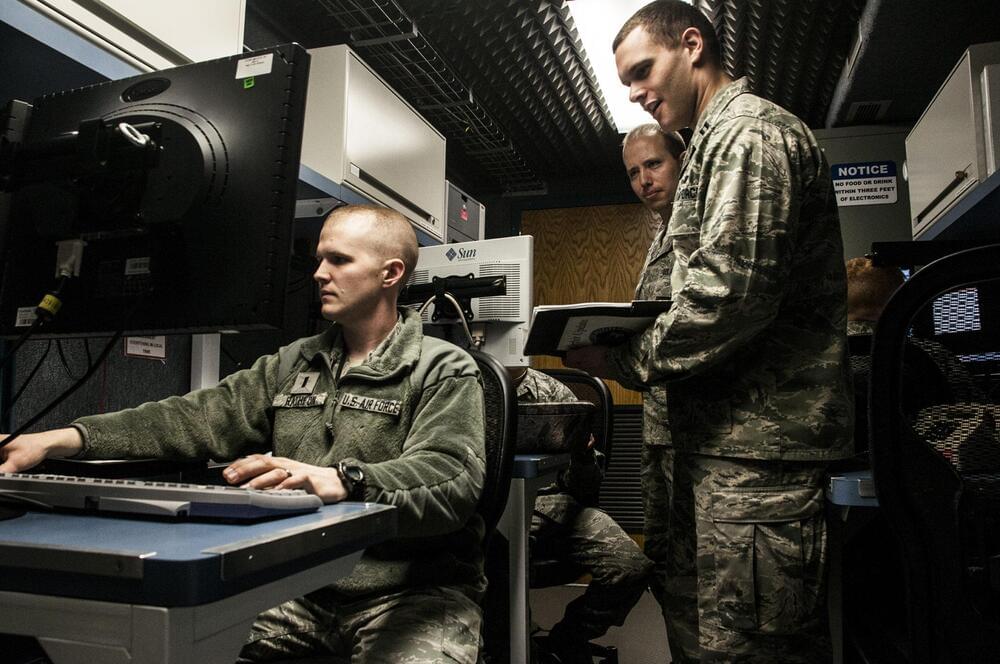
Join our newsletter to get the latest military space news every Tuesday by veteran defense journalist Sandra Erwin.
This estimated $8 billion procurement, known as Evolved Strategic Satcom (ESS), will supplement and eventually replace the existing Advanced Extremely High Frequency (AEHF) satellite constellation. The new system will provide critical jam-resistant communication channels for the National Command Authorities and deployed forces worldwide, even in the North Polar region – a capability lacking in the current system.